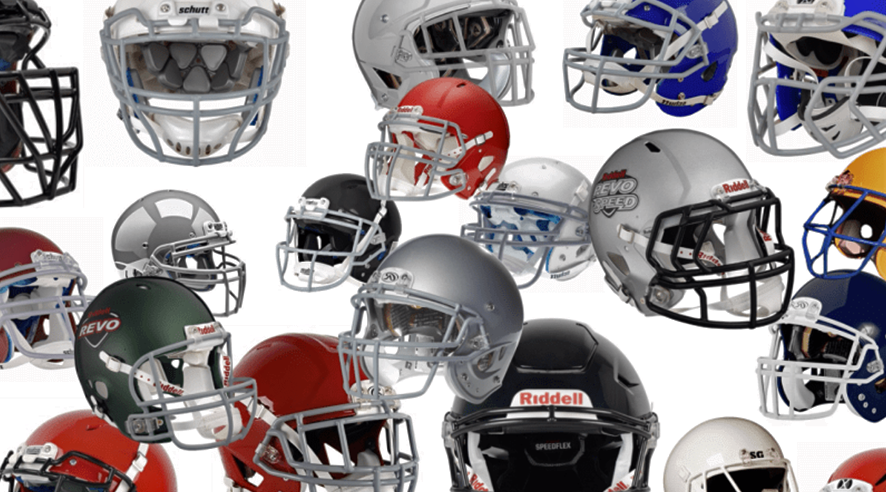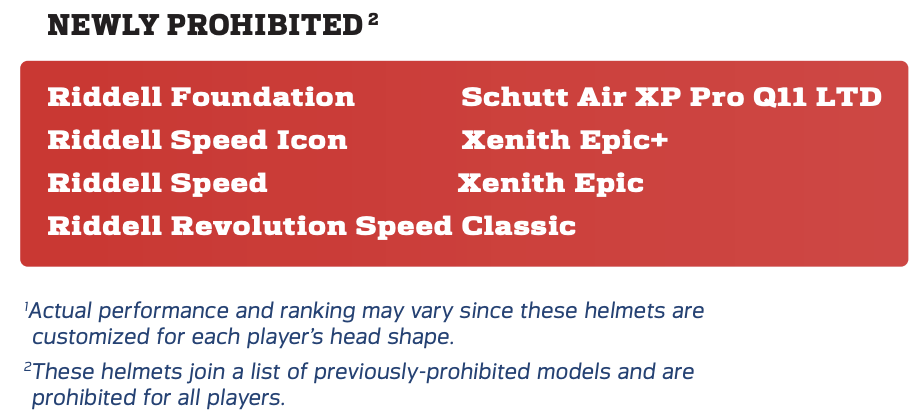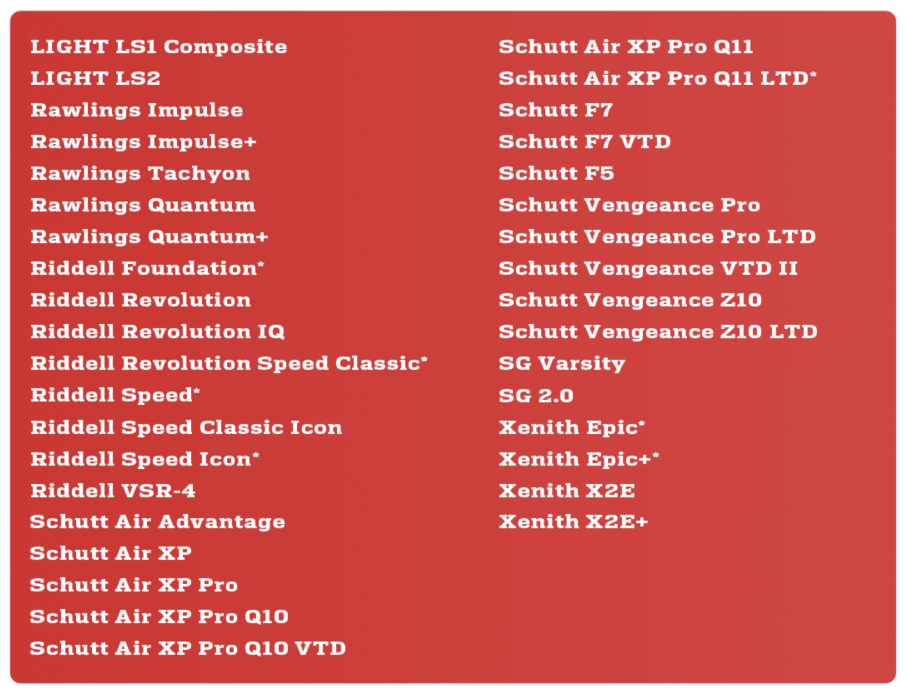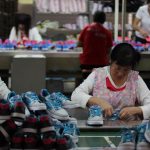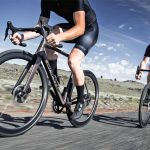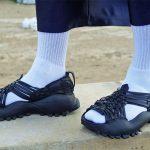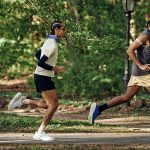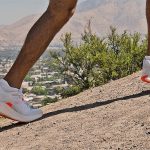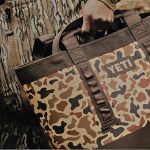Editor’s Note: The version of this article published on April 14, 2025 may have caused some confusion due to the structure of the layout. The color charts did not match up with the content and provided an incorrect view of the information published by the NFL. It was also brought to our attention that the article did not contain an important note regarding use of this data by younger athletes.
The results of this study should not be extrapolated to collegiate, high school, or youth football.
Thank you for your attention and we apologize for any miscommunication of information.
* * * * *
The National Football League (NFL) has shared its annual helmet lab testing results, which it conducted in collaboration with the NFL Players Association (NFLPA).
The NFL highlighted new top-performing helmet models available to NFL players for the 2025 season. Notably, the NFL said recent on-field data support the laboratory testing results — players who wore top-performing helmets had a substantially lower rate of concussions than players wearing lesser-performing helmets.
The NFL said the 2024 season marked the largest safety improvement in helmets worn on-field since 2021, contributing to the fewest concussions on record in an NFL season and a 17 percent reduction in concussions compared to the 2023 season.
“As the 2025 season approaches, approximately 30 percent of players across the league are not wearing top-performing helmets, putting them at an increased risk of injury based on recent data,” the NFL noted in its report summary.
The technology behind two of this year’s new models — Light Apache Pro and Light Gladiator Thunder — was developed by awardees of the NFL Helmet Challenge, a $3 million competition designed to accelerate helmet performance and safety for NFL players. The NFL said their inclusion in the top-performing group of this year’s rankings “reflects the league’s commitment to working with a wide range of engineers and material scientists to generate new, highly effective approaches to helmet design.”
“As helmet technology continues to improve, widespread adoption among players continues to make a difference,” said NFL Chief Football Administrative Officer Dawn Aponte. “Equipment staff at the club level serve a critical role in helping players understand the current offerings and work with them to select an option that levels up protection and offers a great fit. We are working closely with the clubs to support their efforts to move players into better-performing helmets.”
The NFL displays posters with helmet safety test results prominently in all club lockers. This season, all helmets outside the top-performing group will be marked as Not Recommended, and helmets that the NFL has newly prohibited will continue to appear in red. The NFL said its adjustments to the rankings are to help encourage the adoption of better-performing helmet models.
Top-Performing Helmet Models
Building on a record-setting number of new models (12 in total) for the 2024 season, including five that tested better than any helmet worn in the league, the seven new helmets available to players for 2025 all ranked in the Top-Performing category.
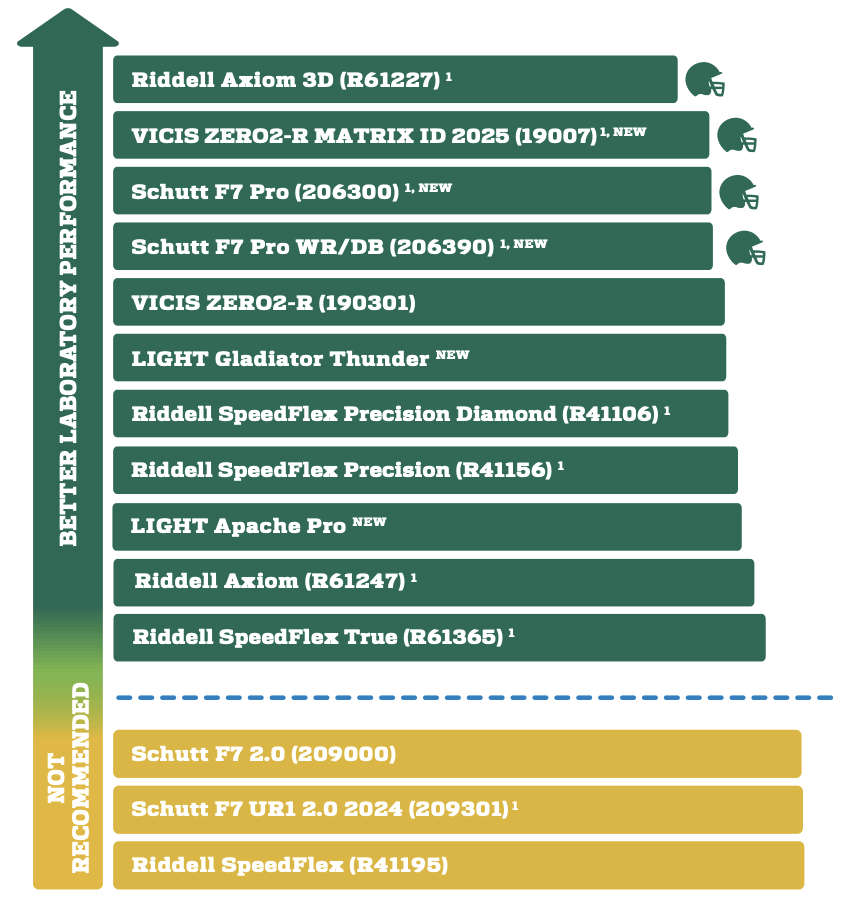 The helmet models on the left are listed in order of their performance, with a shorter bar representing better performance. The rankings are based exclusively on the ability of the helmet to reduce head impact severity measures in laboratory testing. Performance variation related to helmet fit, retention, temperature-dependence, and long-term durability are not addressed in these rankings.
The helmet models on the left are listed in order of their performance, with a shorter bar representing better performance. The rankings are based exclusively on the ability of the helmet to reduce head impact severity measures in laboratory testing. Performance variation related to helmet fit, retention, temperature-dependence, and long-term durability are not addressed in these rankings.
All helmets in green are recommended for use by NFL players. These Top-Performing helmets performed similarly to top-ranked helmets based on a statistical grouping analysis.
Helmets with poorer laboratory performance were placed in the Not Recommended (yellow) or Prohibited (red) groups.
Players using helmets from the yellow group should consider offerings in the green group. Red helmets are prohibited for all players.
NFL players are being encouraged to discuss their helmet options with their clubs’ equipment and athletic training staffs, including other model offerings such as position-specific helmets and models that may be worn without a Guardian Cap NXT 1.8 in practices.
Not Recommended Helmet Models
Lesser-performing helmets have transitioned into the Not Recommended category.
The NFL reported that helmets in the Not Recommended group performed worse in lab testing and had a nearly 30 percent higher concussion rate on-field than the highest-ranking ones.
The league also said that many of the Not Recommended models have newer corresponding options in the Top-Performing group, and nearly all top-ranked helmets for 2025 have an element of fit customization, utilizing the latest technology, including head scans or adjustable padding options.
“As helmet technology has continued to advance, the number of Guardian Cap Optional helmets has also increased (to 10), affording players additional safety options as they make their helmet choice. Players in positions covered by the Guardian Cap requirement may instead choose to wear one of these helmets and forgo a Guardian Cap for practices,” the NFL said.
All Prohibited Helmet Models
Prohibited helmet models that performed poorly in lab testing have been discontinued by the manufacturer or were produced by companies no longer manufacturing football helmets.
All the helmets listed in the red box are prohibited for use on-field by NFL players.
Seven newly-prohibited helmets, previously in the Not Recommended group, will not be available for on-field use in 2025, and are marked with an asterisk in the red chart.
“All these helmets ranked in the Top-Performing group as recently as 2022, demonstrating how quickly helmet performance has improved in only a few short years,” the league highlighted.
A Major Step Forward
“It is another major step forward for player safety that the laboratory testing of the best helmets equated with lower injury rates on-field,” explained Jeff Miller, NFL executive vice president overseeing Player Health and Safety. “The top-ranked helmets are performing as predicted — there is a significant decrease in concussion rates for the players wearing them. Our goal is to encourage all players to move into better-performing helmets for the 2025 season.”
In collaboration with the NFLPA, the NFL annually conducts lab testing by jointly appointed biomechanical experts to evaluate which helmets best reduce head impact severity. Top-performing helmets were also evaluated using position-specific test methodologies for quarterbacks, offensive linemen and defensive linemen. These tests recreate the impacts players at each position tend to experience on-field. Last season, nearly 30 percent of players in positions for which there were position-specific offerings (OL, DL, QB) wore a position-specific helmet.
The NFL and NFLPA also share three position-specific posters displaying the rankings for top generic (all-position) and position-specific helmets based on additional impact conditions commonly experienced in those positions. The posters offered for the quarterback, offensive lineman, and defensive lineman positions help players focus on the helmets expected to provide the best head protection.
For the 2025 season, four helmet posters with the testing results are in circulation: one for helmets available for players at all positions and three that reflect helmet performance in testing specific to quarterbacks, offensive linemen and defensive linemen.
Images and charts courtesy NFL

